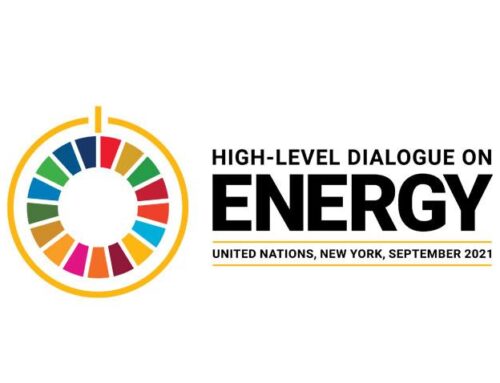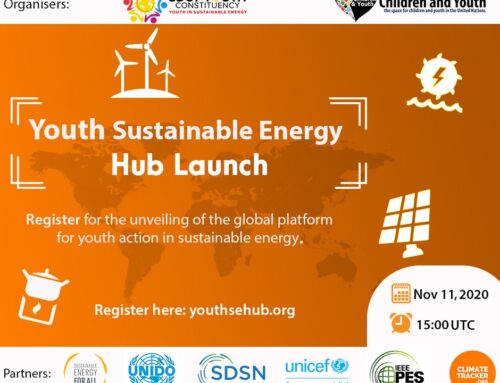As observed by some analysts, our present era of fossil-fueled economies can be considered as one among other critical elements that contributes to an accelerating trend related to global warming, prompting a heightened sense of urgency towards the replacement of fossil fuels as sources for electricity generation (BURKE & STEPHENS, 2018). In order to address such issues, more and more countries have come to the conclusion about the necessity of transitioning to renewable energy grids. Recently, the economic attractiveness of renewable energy has been increasing, with some analysis indicating “significant historical cost declines for utility-scale renewable energy generation technologies driven by, among other factors, decreasing capital costs, improving technologies and increased competition”.
The cost of utility-scale electricity by source for wind power for instance has decreased 70% between 2009 and 2019, while the cost for utility-scale solar generated energy has dropped 89% in the same period. In 2019, the cost of producing 1 MWh using coal generated power was 109 USD, 56 USD for gas and 155 USD by means of nuclear energy; meanwhile the cost of producing 1 MWh through utility-scale wind generation grids was only 41 USD, while the cost of utility-scale solar energy revolved around 40 USD.
Within such a context, Russia has also joined ranks with countries that now place a special emphasis on development of renewable energy sources. According to Adnan Amin, Director General of the International Renewable Energy Agency (IRENA), by 2030 the share of renewable energy sources in the Russian energy sector is expected to increase more than threefold and exceed 11%. Currently, the main type of energy generation based on renewable sources in Russia is hydropower; hydroelectricity power plants’ generation in the country has increased for instance 15.8% from 2008 to 2018, while Russia’s hydropower potential accounts for about 9% of the global total. The Energy Strategy of Russia for the period up to 2035 has moreover developed a detailed plan for energy consumption related to the most different sources, whereas by 2030 the share of renewable energy sources is expected to consist of 4.9% (therefore less optimistic than IRENA’s predictions), including Russia’s plans to increase solar, wind and geothermal generation
In terms of wind energy, ROSATOM [the Russian State Atomic Energy Corporation] was granted a number of projects in this particular area with a total volume of generation in the following years estimated to consist of 610 MW. In 2017, Alexey Teksler, then First Deputy Minister of Energy, mentioned that Russia had all the more so a big export potential for wind and solar electricity, expressing confidence that ROSATOM could produce ‘the best wind stations in the world’. Nevertheless, the historically centralized system of production and distribution of electricity based on traditional sources is still one of the main barriers to a wider realization of Russia’s potential in terms of renewable energy use. The country nevertheless intends to reduce its greenhouse gas emissions by 2030 to 75% of the 1990’s level, whereas renewable energy is an essential factor to achieve this goal.
Within the frameworks of BRICS, moreover, Russia (alongside Brazil, India, China and South Africa), has made a significant contribution to the prospects of the renewable energy momentum, by establishing the New Development Bank (NDB), aimed to finance sustainable development projects within BRICS and other developing economies. Since its inception in 2015, the NDB has approved 14 loans totalling some 3.6 billion USD to finance projects related to renewable and clean energy in all BRICS countries (NDB, n/d). Russia alone was granted 400 million USD by the bank for sustainable and clean energy projects.
In order to achieve success in the renovation of energy grids around the world, it is paramount for policy-makers (be it in Moscow or elsewhere) to think about large-scale use of renewable energy, rather than ad hoc implementations of different sources such as wind or solar-based generation. Moreover, the continuing trend towards a more widespread use of renewable sources will largely depend on the ability of governments to ensure sustainable – as opposed to predatory – economic growth, prompting the creation of new jobs in the renewable energy sector as well as promoting a new mindset for companies and energy consumers.



